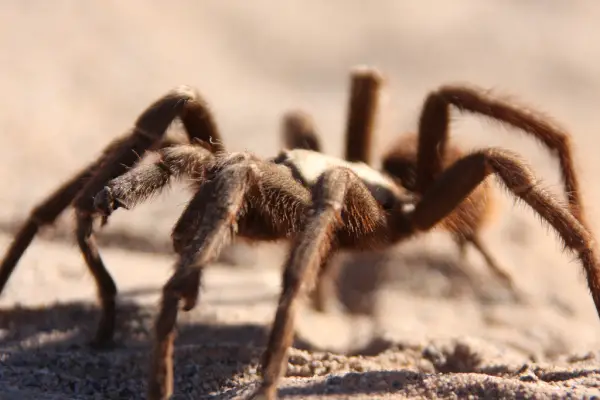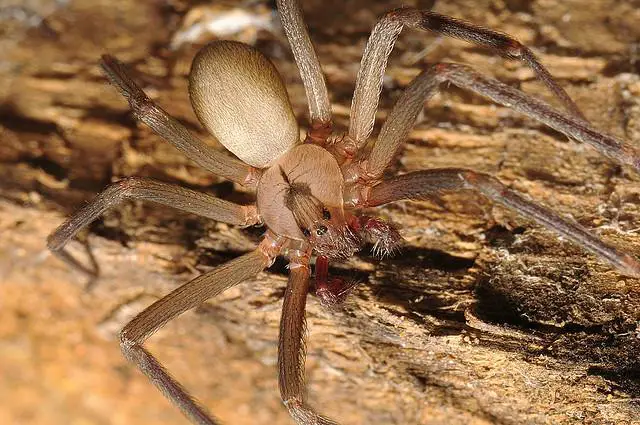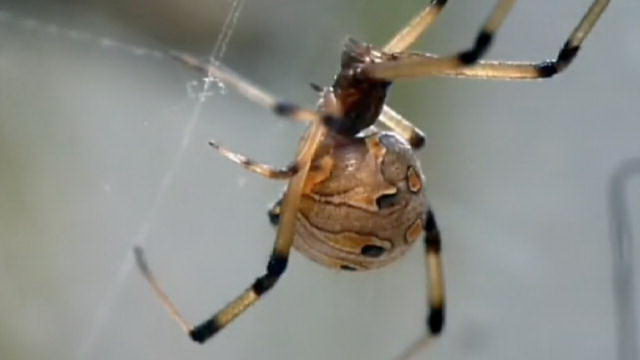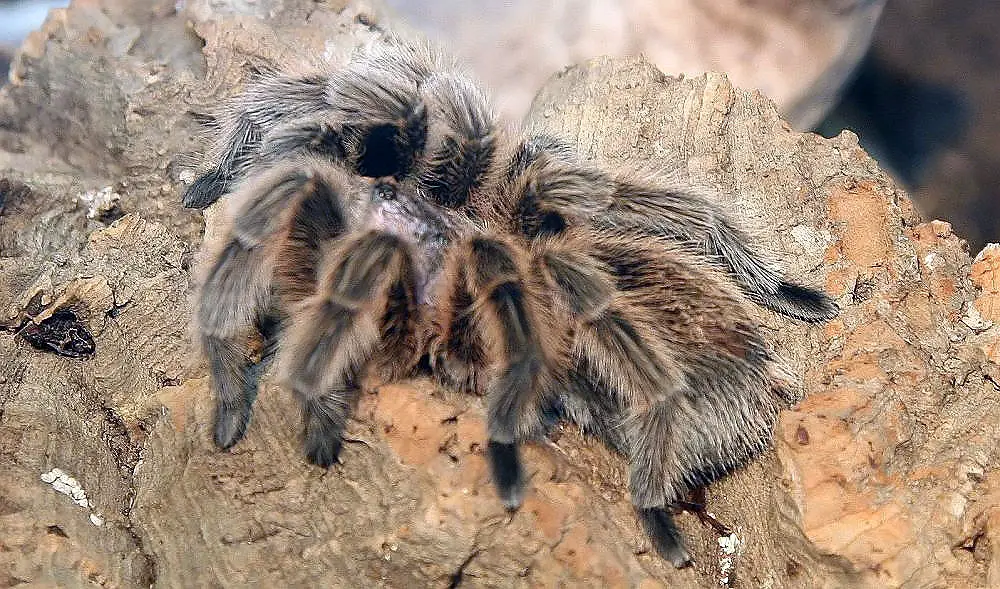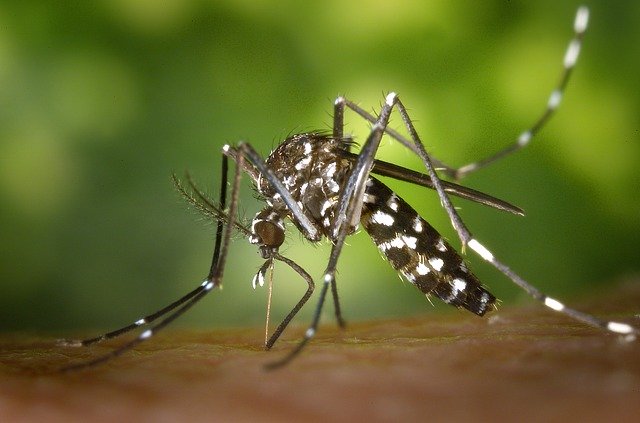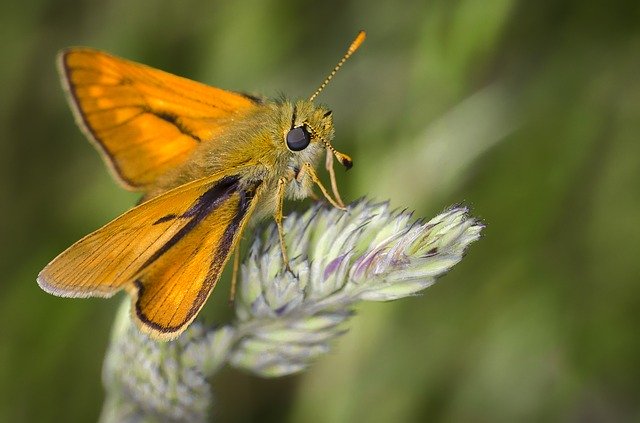The crab spider (Misumena vatia) is the largest flower spider in the North America. It is commonly found in flowers and shrubs. They are one of the species that do not make webs. Crab spiders are also known as goldenrod crab spider or simply flower spider.
Crab Spider Facts
Anatomy
- Crab spiders are going to be either completely yellow or white depending on the flower in which they are living.
- Females reach a length of 8 mm (0.3 inch) with males are 4 mm (0.16 inch) long.
- Two of the front paired-legs seem to be greater than the rest. Its legs are held from the sides giving it a crab-like appearance.
- Crab spiders change their colors in respect to their surroundings but sometimes it also depends on the diet.
- Females are much greater than the males. They also have a dark pattern and long legs as compared to males.
- They are thought to hunt in several different flowers such as daisies and sunflowers.
- One can barely recognize them sitting into the bright yellow flower.
- Crab spiders never make webs.
- In the sunny summer days, crab spiders come out in large numbers.
- It takes 10 – 25 days for crab spider to change its color from yellow to white but it only takes 6 days to revert back to yellow color.
Read More: Facts about the World’s Biggest Crab

Distribution
- During autumn in North America crab spiders are most likely to breed in the bright yellow flower called goldenrod because goldenrod attracts many insects.
- They are also distributed throughout the mainland Europe and northern Asia.
- It is also found in the southern England.
Habitat
- Crab spiders prefer making habitats in flowers but they are also found on shrubs, herbs, woodlands, scrubby habitats and rarely on leaves.
- They are seen in meadows, clearings, grasslands, wetlands, city gardens, as well as in non-forest habitats.
Feeding Ecology & Diet
- Crab spiders prey on bees, wasps, butterflies, and flies.
- They are thought to be sit-and-wait predators in that they never use webs to catch prey.
- They rely on vision for hunting.
- Crab spiders have highly toxic venom due to which they get hold of bees or wasps.
Reproductive Biology
Females guard eggs for about 3 weeks. She dies soon after hatching.
Conservation Status
Although the crab spider receives much less attention—not even the half of it needs, the animal is not threatened.

